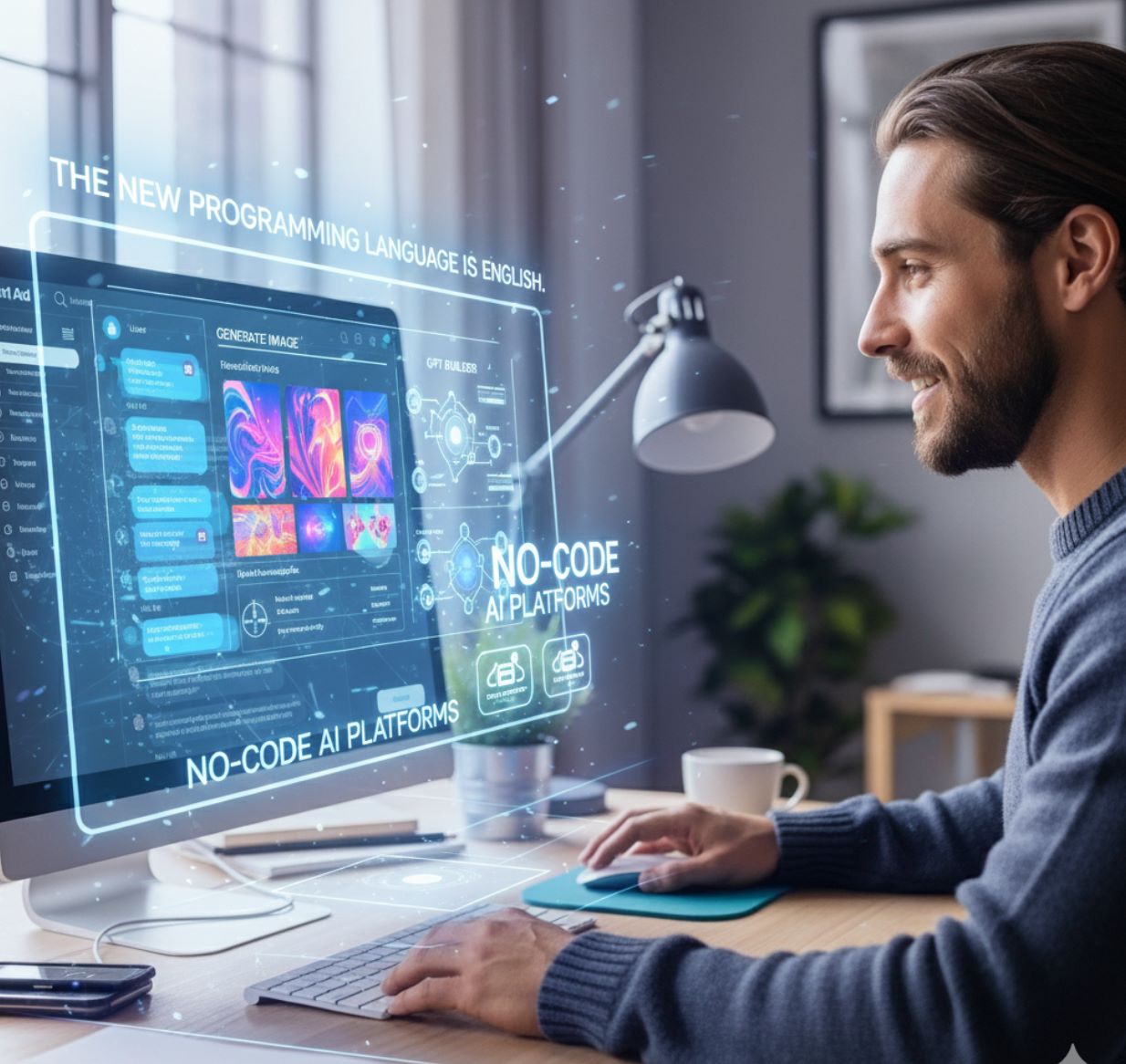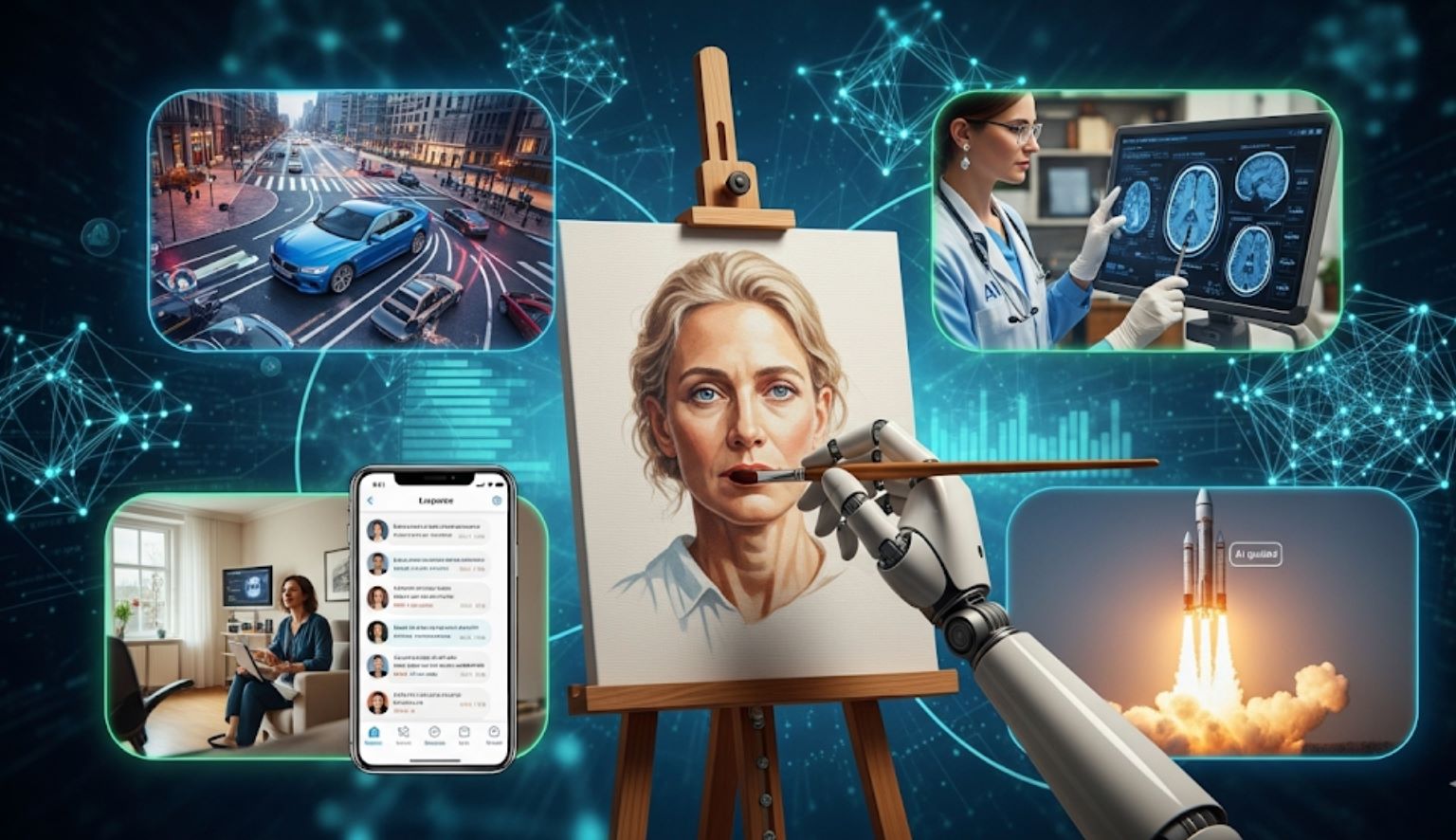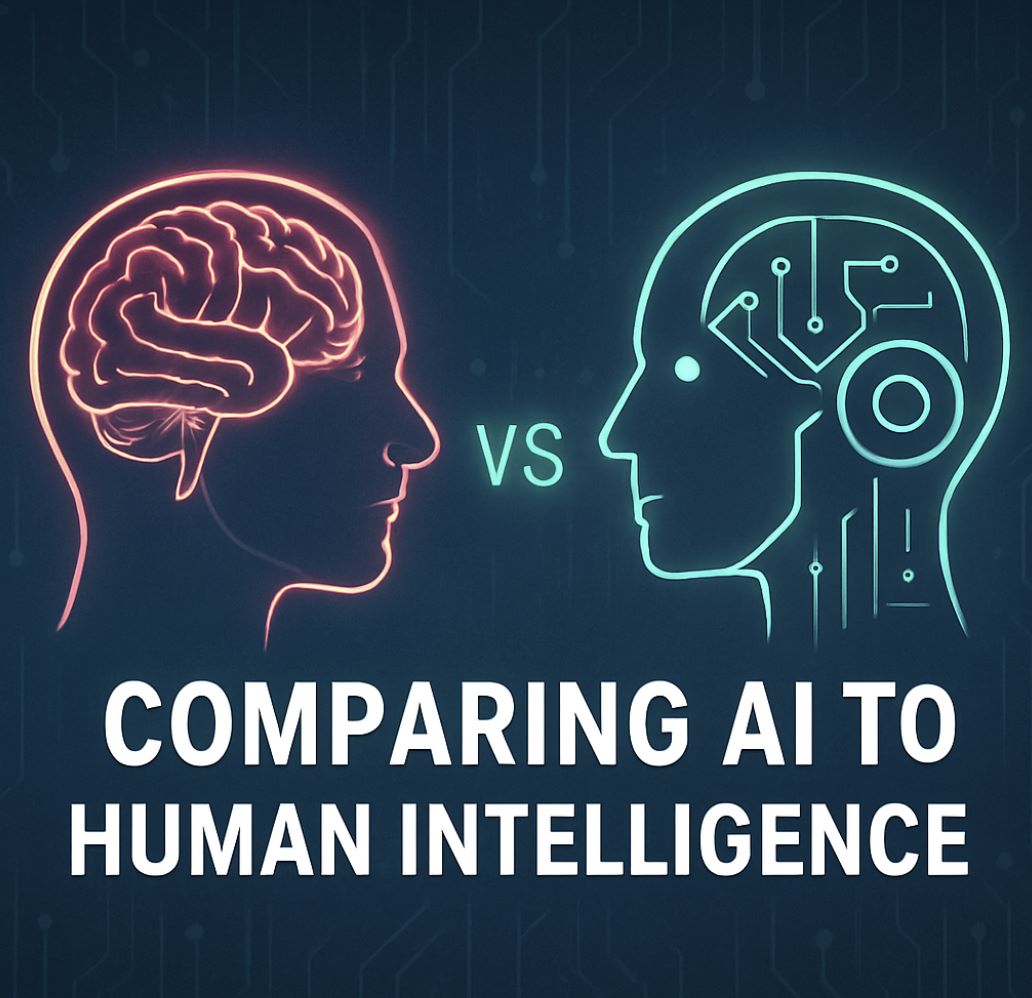Do I need to know programming to use AI?
Many people interested in AI (Artificial Intelligence) often wonder: Do you need to know programming to use AI? In reality, today’s AI tools and platforms are designed to be user-friendly, allowing anyone to apply AI without complex coding skills. However, having a basic understanding of programming can help you take full advantage of AI’s potential. This article explains when programming knowledge is necessary, when it’s not, and the best ways to approach AI based on your needs.
Let's find the most specific answer to the question "Do you need to know programming to use AI?" right in this article!
AI has become commonplace: from chatbots that answer questions to image generators that create art on demand. For most everyday uses – writing, brainstorming, chatting with a bot, or generating images – you don't need to write any code. Modern AI tools have friendly interfaces or simple prompt fields.
The hottest new programming language is English – meaning you just talk to AI in plain language as if giving instructions to a helper.
— AI Industry Experts
Essentially, by asking questions or describing a task in normal words, you can make AI work for you without any programming skills. On the front end, AI-powered apps and websites are built for general users.
User-Friendly AI Access
ChatGPT and other generators let anyone type prompts and get results – no programming needed. Even OpenAI's recent "GPT Builder" feature requires "no coding": you simply describe what your custom assistant should do, upload knowledge files if needed, and pick tools from menus.
Plain Language Interface
Simply type your requests in natural language.
- No syntax to learn
- Conversational interaction
Point-and-Click Tools
Drag-and-drop interfaces for AI model training.
- Google's Teachable Machine
- Microsoft's Lobe
File-Based Training
Train models by uploading examples.
- Upload images or data
- AI learns automatically
Drag-and-drop or click-based tools like Google's Teachable Machine or Microsoft's Lobe similarly let beginners train simple AI models by supplying examples, with no code at all.
In short, a vast ecosystem of no-code AI platforms means non-technical users can harness AI by pointing-and-clicking or entering plain-language prompts.

No-Code AI Platforms and Tools
Building your own AI app or bot used to mean programming complex algorithms, but now many platforms abstract that complexity. For example, OpenAI's custom GPT interface walks you through making a chatbot by telling it how to behave and what knowledge to use – "no coding is required".
Other services offer visual interfaces or simple forms for AI tasks: you can design chatbots, data-analyzing apps, or automated workflows by dragging blocks, selecting options, or writing natural-language prompts. In business, "AutoML" platforms handle the heavy math behind prediction models, so analysts without coding experience can still build AI-driven charts or forecasts.
Direct AI Applications
- ChatGPT - Text generation and conversation
- DALL·E or Midjourney - Image creation from descriptions
- Canva - AI-powered design assistance
- Various web apps - Just type or click for AI output
Drag-and-Drop Solutions
- Google's Teachable Machine - Visual model training
- Bubble - No-code app development with AI
- Company AI dashboards - Visual AI feature assembly
- Block-based builders - Code handled in background
Automated Machine Learning
- Google Cloud AutoML - Automated model training
- Predictive analytics platforms - Data-driven forecasting
- Business intelligence tools - AI-powered insights
- Domain-specific solutions - Industry-tailored AI
AI is accessible to everyone, not just programmers.
— AI Education Instructor
These developments mean that anyone – even with zero programming background – can explore AI, thanks to curated no-code courses and beginner-friendly tools.

When Programming Skills Help
While you can certainly use AI without code, having some programming knowledge can open up advanced possibilities. Experts point out that basic coding (especially in Python) can greatly expand what you can do. For instance, in stock trading AI, the advice is: novice investors can rely on AI screeners or robo-advisors with no coding at all, but professional quants will often customize algorithms with Python.
Similarly, developers who learn to code can integrate AI into complex apps, automate large-scale processes, or even fine-tune and train new models.
Basic AI Usage
- Use pre-built AI tools
- Standard features only
- Limited customization
- Quick results
Advanced AI Control
- Custom AI integrations
- Tailored solutions
- Full customization
- Professional applications
Consider Learning Programming If You Want To:
Customize AI Behavior
Integrate AI into Apps
Build or Train Models
Optimize Performance
You don't need programming skills to use AI-based tools... [but] advanced traders may benefit from customizing algorithms using languages like Python.
— AI Trading Guide
While you can build powerful AI apps without writing a single line of code, learning to code provides more flexibility and power.
— AI Instructor

Key Takeaways
We're at a turning point where AI is accessible to everyone, not just programmers.
— Tech Industry Writer
With the right tools, a student, marketer, artist, or any other user can leverage AI by simply asking in English (or their own language).
That said, programming skills can turbo-charge your AI projects if you choose to learn them. Coding lets you go beyond the basics — integrate AI into custom software, train specialized models, and fine-tune results.
No-Code Benefits
Immediate access to AI capabilities.
- Quick results
- Easy to start
- No learning curve
Programming Advantages
Unlock full AI potential.
- Custom solutions
- Advanced integration
- Professional development
In essence, AI has lowered the entry barrier: you can reap many benefits without a coding background, but knowing how to program still unlocks the full potential of these technologies. Remember, today's AI "co-pilots" mean that the new expertise is in asking the right questions and understanding the outputs – and often, that's something you can do without ever writing a line of code.






